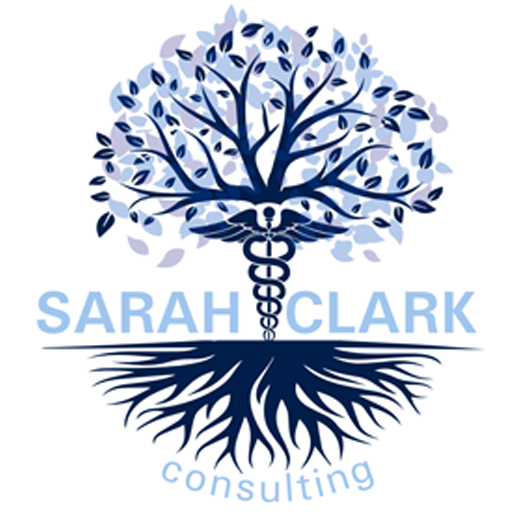
It’s 4:45 PM. The front desk is fielding last-minute calls, the billing manager is reviewing an insurance denial, and someone just found a missing consent form – again. Paperwork chaos isn’t a myth. It’s a part of your everyday workflow.
Let’s be honest, when most people hear the word paperwork, their eyes glaze over or their blood pressure goes up. It’s often met with a collective groan, whether you’re in a dental office, an orthopedic clinic, or a busy physical therapy office. Paperwork has a reputation for being tedious, repetitive, and never-ending.
But what if I told you that paperwork isn’t the problem, it’s how we manage it that creates chaos?
In this article, we’ll explore how paperwork impacts every corner of a medical or dental practice, identify the most common pain points, and most importantly, offer practical, compassionate strategies to bring order to the chaos.
Spoiler alert: it’s not just paper anymore.
In modern practices, “paperwork” includes:
Whether it’s on a clipboard or in an inbox, it’s still paperwork, and it still needs to be managed, routed, and stored properly.
They’re drowning because:
The result? Bottlenecks, duplication, missing forms, delayed billing, compliance issues, and burned-out staff. Sound familiar?
Here are a few recurring themes I see in my consulting work:
No Clear Ownership
Staff assume “someone else” is handling a form, and no one does.
Inconsistent Naming or Filing Conventions
Files are saved as “scan123.pdf” or “Mrs. Smith Form” instead of a standardized format.
Incomplete or Missing Forms
Forms go unchecked until days (or weeks) later, often after the patient has already left, leading to delays and rework.
Redundant Work
Staff are entering the same information in multiple systems: EHR, billing software, spreadsheets, etc.
Outdated Forms
Forms haven’t been updated for new policies, insurance requirements, or patient needs in years.
Paper-Digital Hybrid Nightmares
Practices start to “go digital” without fully transitioning, so now they have a mix of half-digital, half-paper workflows that confuse everyone.
Step 1: Audit Your Paperwork Ecosystem
Start with a simple audit:
Hold short “Paperwork Huddle” meetings with different roles (front desk, billing, clinical, etc.) and gather their feedback. You’ll be amazed at what they know but have never been asked.
Step 2: Assign Ownership, Not Just Tasks
Paperwork should have an owner, not just an executor. That means someone is responsible for ensuring it gets completed, even if others help along the way.
For example:
Ownership = accountability. And it reduces the “not my job” syndrome that leads to errors.
Step 3: Standardize, Standardize, Standardize
Create naming conventions, filing templates, and process checklists. Here’s what that might look like:
☐ Demographics entered
☐ Insurance card scanned
☐ Consent form signed
☐ New Patient questionnaire completed
☐ Portal invitation sent
These sound simple, because they are. And they work.
Step 4: Digitize Wisely (and Fully)
Half-digitizing is like cleaning out one junk drawer and leaving the rest of the kitchen a mess.
Here’s how to digitize smart:
And most importantly, train your staff. New tech is only as good as the workflow that supports it.
Step 5: Build in Time for Review and QA
Paperwork errors pile up because no one schedules time to double-check them.
The goal is progress, not perfection.
This might be the most important part: we need to reframe how teams think about paperwork.
It’s not just something you have to do. It’s something that protects the practice, supports patient care, and enables revenue.
When staff see paperwork as part of their role in patient care (not just “admin stuff”), they take more pride in doing it right.
Paperwork can be a major stressor, especially in under-resourced practices with high turnover or burnout. So while we aim for efficiency, we also need to be kind.
Processes run better when people feel supported, not blamed.
Here are a few tools that small practices love:
Bonus – Some of you may know that I am an ambassador for Tennr. Tennr is a document wrangling, classification and triage AI tool. It automatically classifies and routes documentation via a universal inbox for hands-off processing. Creates, updates, and modifies charts and orders across systems. Qualifies and audits patients against complex authorization criteria. Coordinates, manages, and runs eligibility checks and complex benefits investigations.
It is really cool technology and with all of the documents that process through your practices on a daily basis, this may be a great tool to help.
Interested in learning more about Tennr? I’ve got you covered. DM me or send me an email and I’ll get you some details.
When paperwork runs smoothly, your team breathes easier. Patients move through the system with confidence. And that familiar daily chaos? It’s gone, and it has a new name. Control.
So no, paperwork is not a four-letter word. But mishandled paperwork? Now that is – and it spells mess.
Did you know Sarah Clark Consulting offers a FREE practice self-assessment? CLICK HERE to take the one minute assessment and get some great information to keep the smile on your face while making your practice more efficient!
